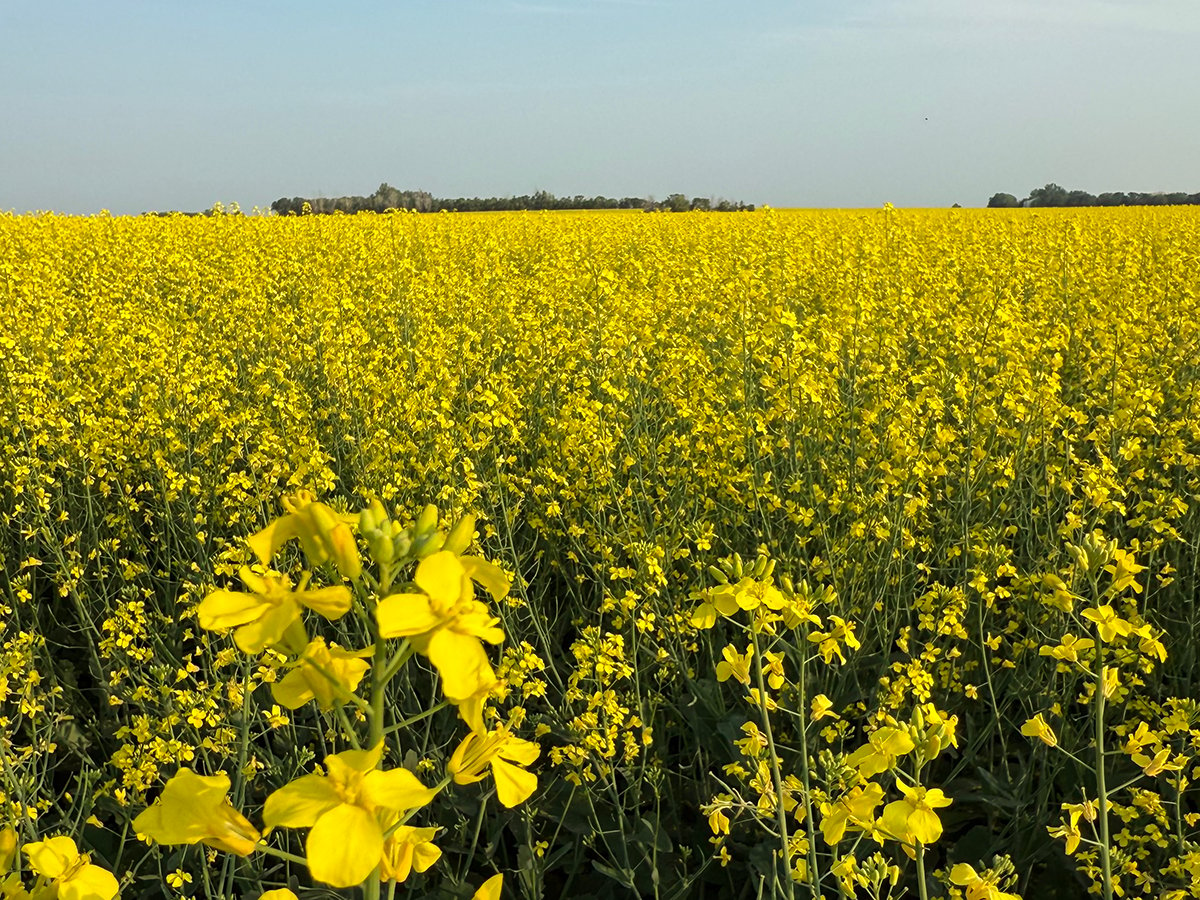Canada’s chicken industry, worth more than $900 million in farm income, scrambled last week to patch together a temporary deal aimed at keeping together its frayed national orderly marketing system.
The staying power of the deal will become clear only after a special April 15 meeting to vote on last week’s tentative agreement.
The deal included a promise to work during the next year on a more effective national production control and pricing system, in exchange for Quebec’s agreement to pay close to $1 million in annual levies to the national agency.
Read Also

Canola support gets mixed response
A series of canola industry support measures announced by the federal government are being met with mixed reviews.
Quebec’s threat not to pay, which would strip Chicken Farmers of Canada of close to one-third of its revenues, was to take effect April 1. The threat was suspended for 30 days, pending the outcome of the April 15 vote on whether to accept last week’s tentative deal.
Can’t control supply
The Quebec chicken marketing board helped precipitate the crisis in the industry by complaining, with the quiet support of some other provinces and producers, that the national system no longer is working properly to control supply and to guarantee adequate producer prices.
Last week’s attempt to avert a Quebec pull-out was born out of tradeoffs during more than a day of tense talks among CFC directors.
“We had a tough week,” said newly elected chicken farmers’ national chair John Kolk of Alberta. “We had a big challenge on the table. (The agreement in principle) lets everyone in the industry know we had to make some moves and we are prepared to.”
Directors faced two major complaints flowing from a 1995 agreement to loosen central controls on production by allowing provinces to negotiate production levels with processors. There was supposed to be an eight percent-per-year increase cap.
Some provinces and producers complained the result has been excessive production and a shift of power to processors. Surpluses have built up and producer prices have been squeezed down.
Last week’s agreement had two key elements, according to Kolk:
- For the next year, until a more permanent scheme is worked out, there will be more planned and enforced production limits. “We will set the percentage of growth centrally. It will apply across the country and provinces will set their market within that parameter.”
The limit on growth likely will be lower than the existing eight percent to allow the system to use up inventories and raise producer prices.
- Attempts will be made to write a “definition of producer returns” that is acceptable both to producers and buyers.
Can’t afford promise
Kolk said the traditional supply management principle that producer returns must reflect costs plus a fixed return on investment may be too rich for the system.
But the experience of the past year in which producers found themselves vulnerable to processor price pressure without a real price guarantee also is unacceptable.
“The definition is going to have to come between where we used to be and that,” said Kolk.
He said producer dissatisfaction with the new system, as well as Quebec’s unhappiness and the fact that Nova Scotia and Newfoundland would not sign on in 1995, are indications the agreement aimed at making chicken supply management more responsive to market demand had its flaws.
“It certainly is a recognition that it was not complete,” he said. “We obviously had two provinces that were not part of it. Now the challenge before us is to get a truly national system, so it is a recognition that changes are needed.”














